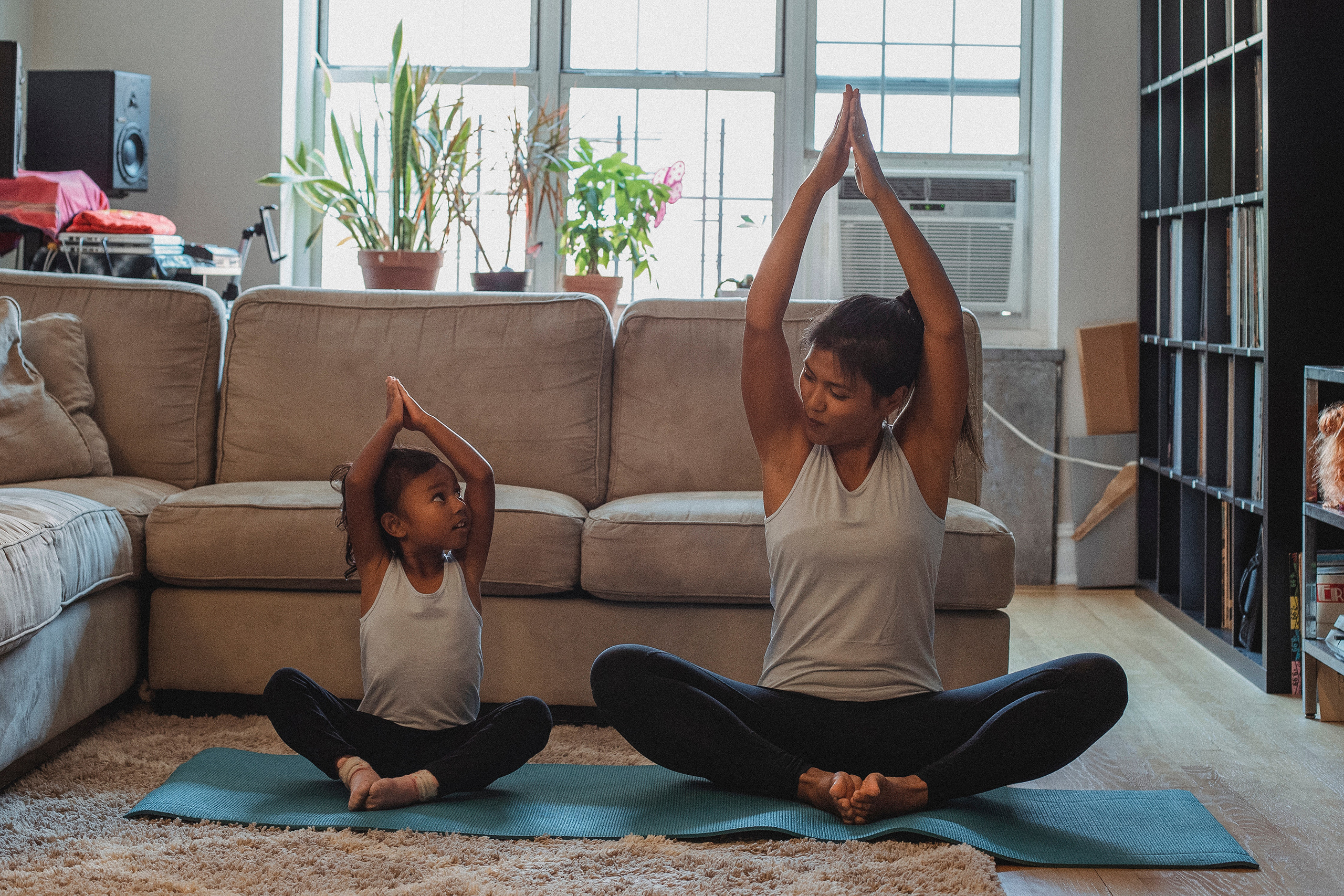Stress and anxiety are conditions that both young and old can experience on a daily basis. However, when these emotions become so frequent that they interfere with our daily lives, then it’s time to tame them! Oh yes! Trying to chase away all our anxious thoughts can bring them galloping back! Indeed, stress or anxiety aren’t bad. Sometimes, these emotions help us to perform. This is the reason why it’s better to learn to live with them!
First: let's identify the stress triggers
Sonia Lupien, neuroscience researcher and director of the Centre d’études sur le stress humain (Center for Studies on Human Stress), has established 4 major factors that can trigger stress, which come together under the acronym CINÉ:
1) Control: Situations over which we have little or no control are particularly distressing.
2) Unpredictability: Events and decisions that were not planned or, the consequences of which can’t be foreseen, generally lead to stress.
3) Novelty: What is new and / or unknown can generate anxiety because our brain has to deal with a new situation or way of doing things.
4) Ego: When we feel that our self-esteem, skills, or personal ego are threatened, then stress increases.
So now that we know the 4 stress-triggering “ingredients”, it’s time to take action!
Second: let's act!
Simply recognizing that what’s happening is stressful is the first step in managing stress and anxiety. By doing this, we reflect to the child what they are going through now and, above all, we normalize it, as explained in this article. For example: for our child who is anxious about sleeping at a friend’s house for the first time: “This is the first time you’ll sleep at your friend’s house, it’s brand new to you. I understand that you are stressed, it’s normal.”
Next, let’s help the child spot the signals their body sends them when they are stressed. Do they feel a lump in their chest? Is their heart beating faster? Does their stomach hurt? Our brain also sends us signals when it’s under stress. Sometimes it starts imagining catastrophic scenarios or even devalues us (e.g. “I’ll never do it, I’m bad”). All of these things must be addresssed. If we tell the child: “Stop being stressed” “Don’t think about that”, then the brain may do exactly the opposite! So, let’s opt for “Oh! I believe your body and brain are telling you that you’re stressed! Come on, we’ll find ways to face and calm this stress”.
Finally, it can be very helpful to have concrete tools to externalize stress and anxiety. We can build a toolbox (a simple shoebox will do). The child will put items in it that helps them release their stress and redirect their attention: bubble wrap, feathers to blow or slide on the body, hourglass, etc. Also, this stress management set brings together several tools that can help you calm down. And of course, muscle relaxation and breathing are also very helpful solutions!



Leave A Comment